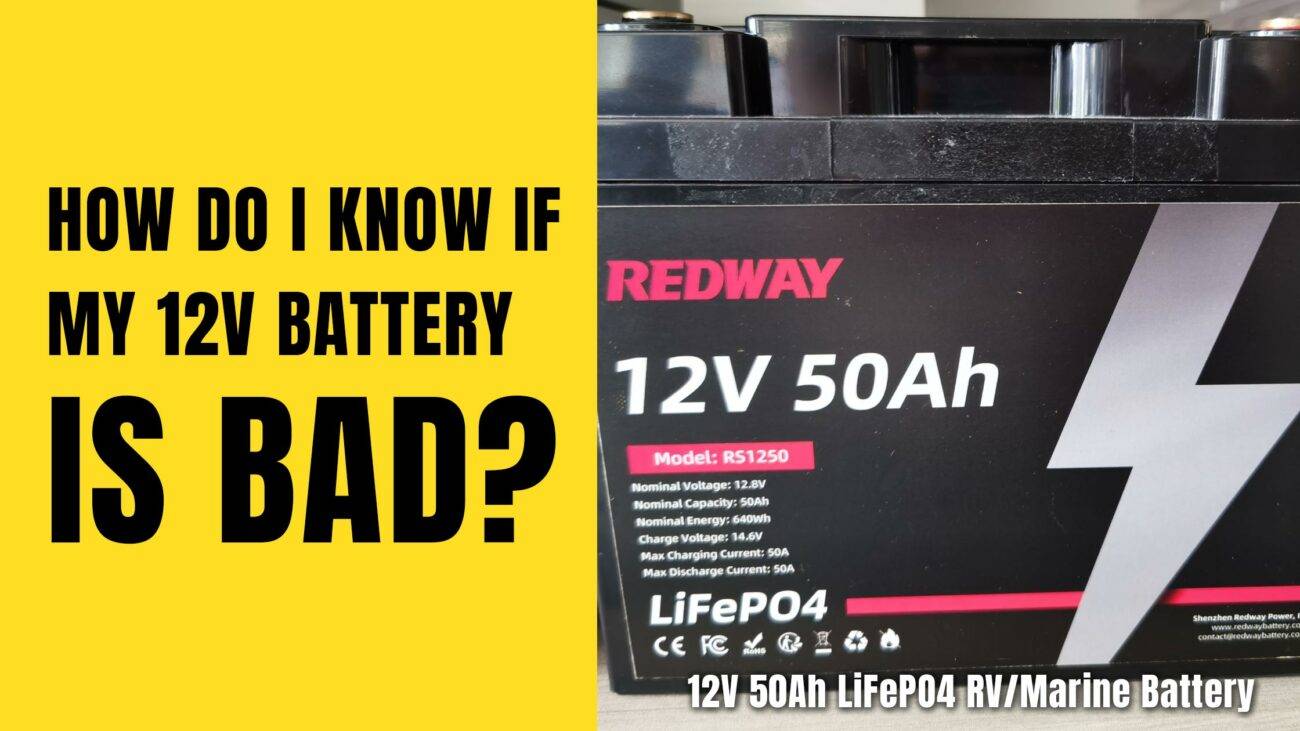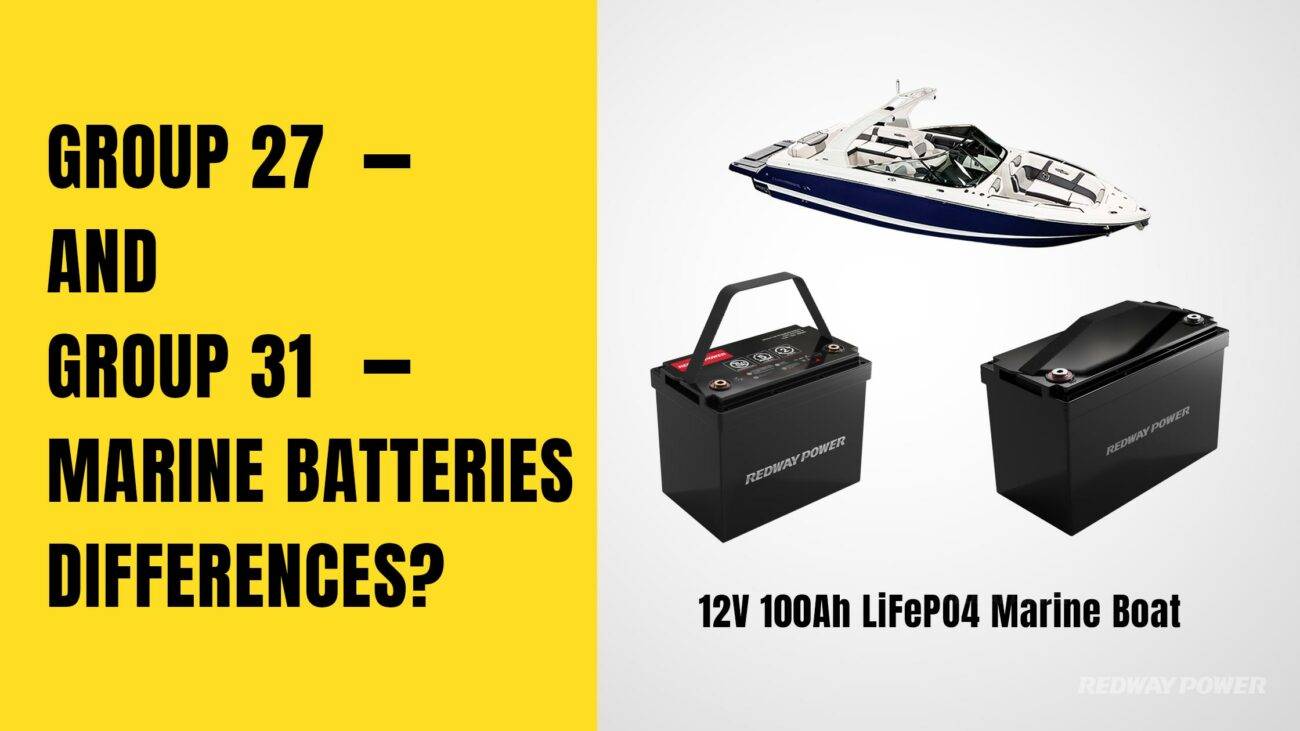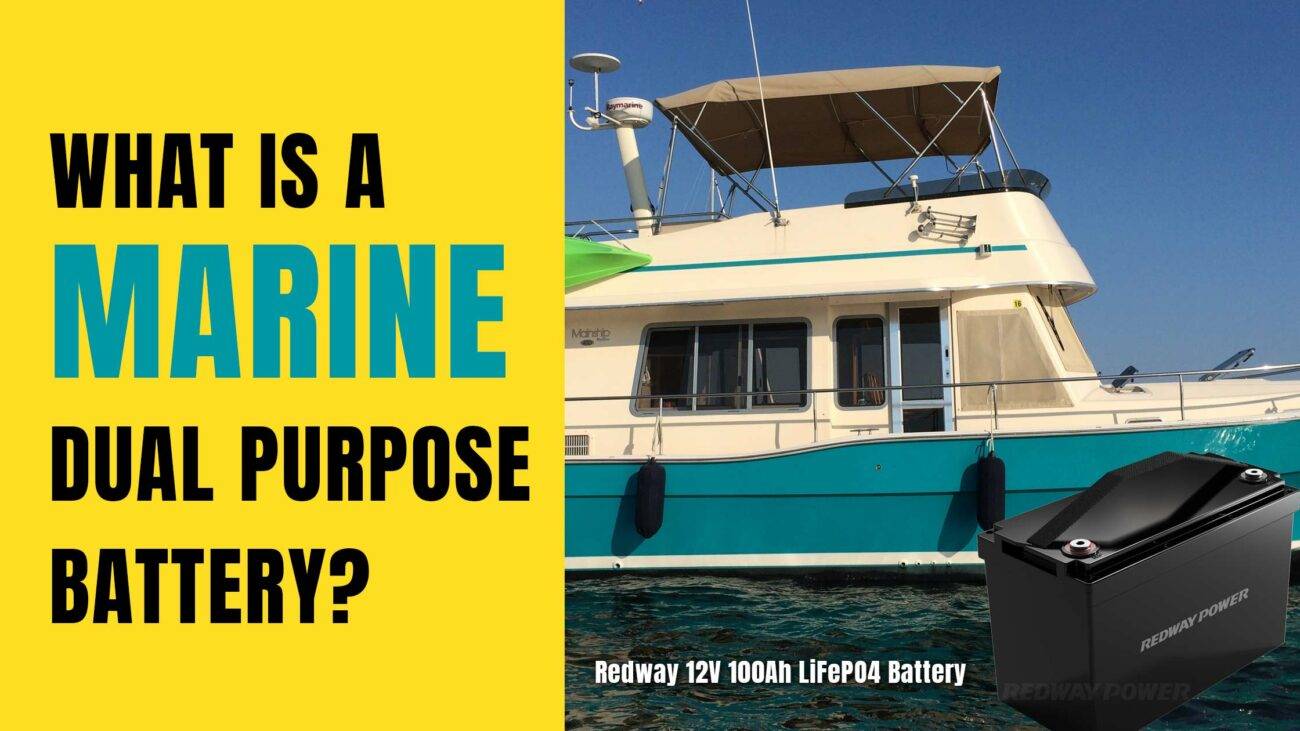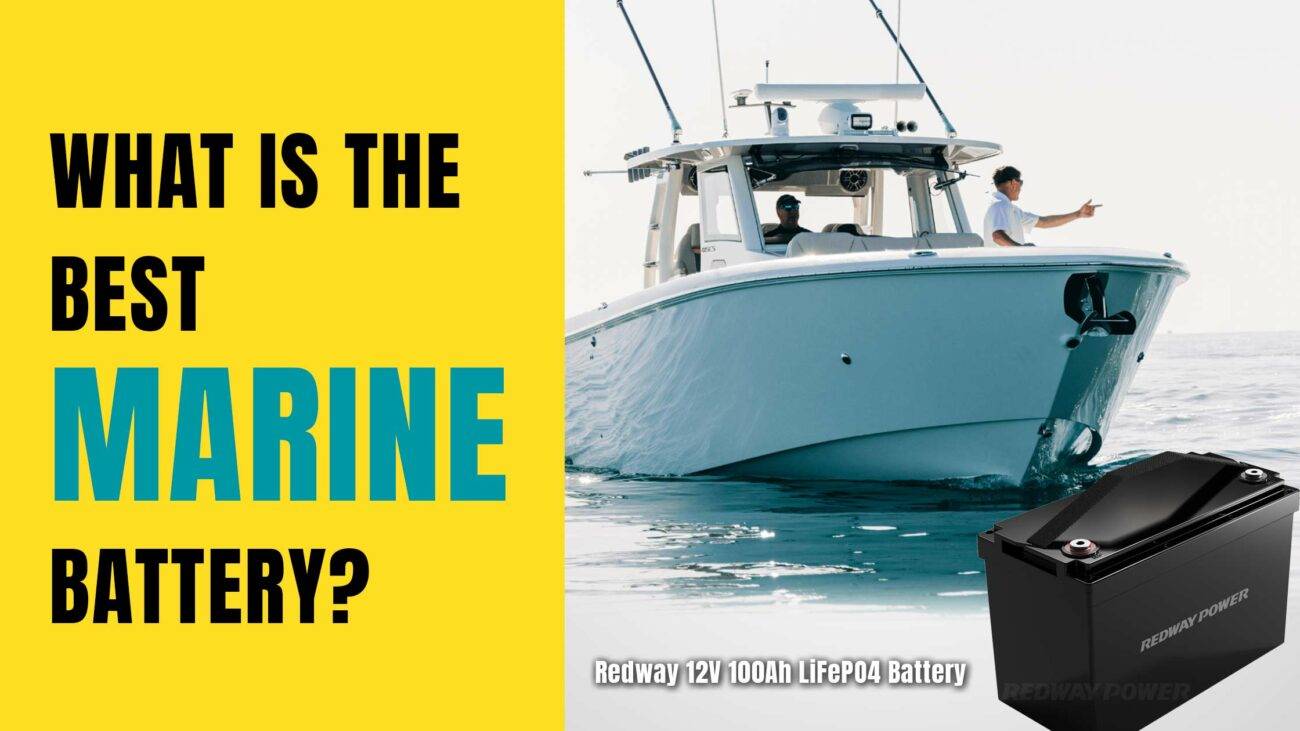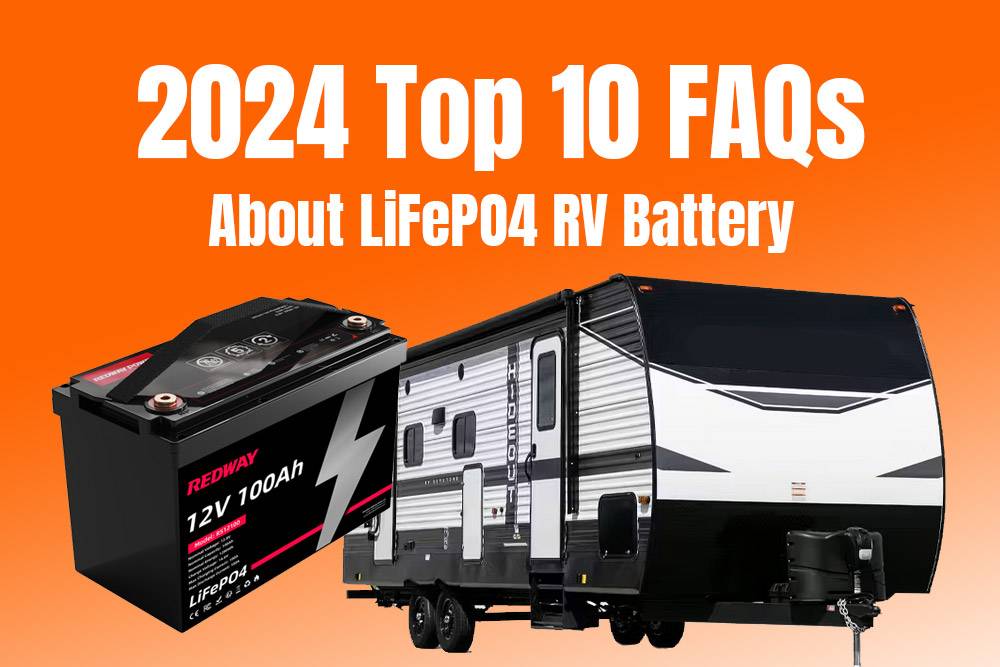
Blog
Guide to BCI Battery Dimensions and Specifications
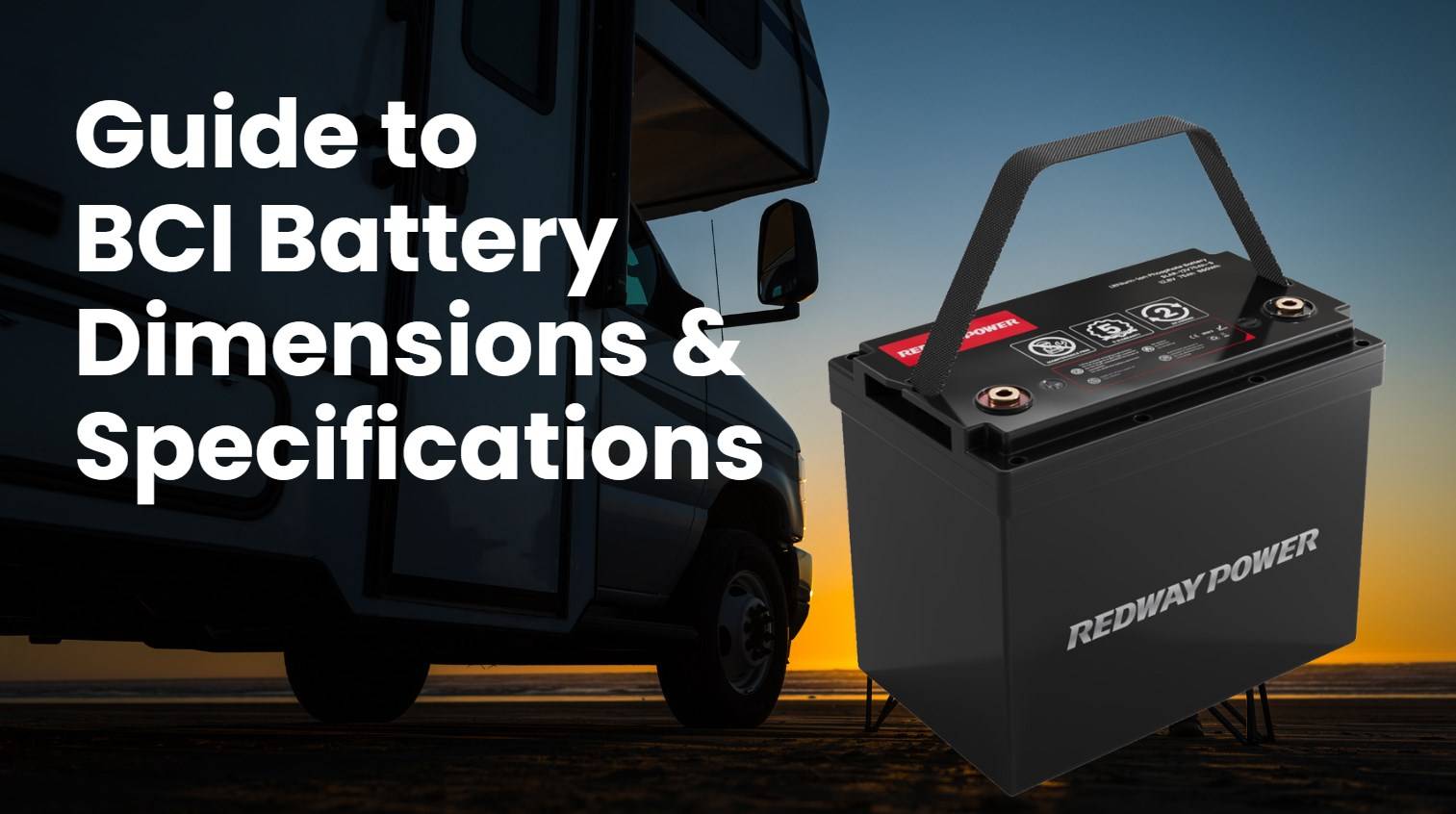
Choosing the right BCI battery dimensions and specifications is crucial for ensuring your battery fits properly, connects correctly, and delivers adequate power. BCI group sizes standardize battery case dimensions, terminal types, and performance features, guiding users to select batteries that match their vehicle’s physical and electrical requirements efficiently and safely.
What Are BCI Battery Group Sizes and What Do They Mean?
BCI group sizes are standardized designations by the Battery Council International that define a battery’s physical dimensions (length, width, height), terminal arrangement, and performance parameters like voltage, ampere-hours (Ah), cold cranking amps (CCA), and reserve capacity (RC). This ensures proper fit and compatibility for automotive use.
How Do BCI Group Sizes Affect Physical Fitment?
Each BCI group size corresponds to specific case dimensions, ensuring batteries fit securely in a vehicle’s battery tray and hold-down system. Accurate sizing prevents battery movement, poor electrical connections, and potential damage to the battery and vehicle.
What Terminal Configurations Are Specified by BCI Group Sizes?
BCI group sizes define terminal location and type to match vehicle cable arrangements, minimizing installation errors and ensuring efficient electrical contact essential for vehicle operation and battery health.
How Can I Find My Vehicle’s Correct BCI Group Size?
Check the owner’s manual for manufacturer recommendations, inspect the label on your current battery for the BCI size, or use online fitment tools from trusted retailers like eBay Motors, Advance Auto Parts, or battery specialists.
Why Is Selecting the Correct BCI Size Critical for Vehicle Health?
Using the wrong BCI size can cause poor electrical connectivity, accelerated battery wear, damage to vehicle electrical systems, and difficulties securing the battery, leading to operational failures and safety risks.
What Are Some Common BCI Battery Group Sizes and Their Typical Uses?
Group 31 batteries are often used in deep-cycle applications like RVs and boats with dimensions around 13×6.8×9.44 inches. Group 27 suits many automotive and marine uses, measuring about 12×6.8×8.875 inches. Smaller groups fit compact vehicles, ensuring tailored power solutions.
When Should Battery Terminals and Sizes Be Updated?
Update if terminals are corroded or damaged, or when upgrading to higher capacity units compatible with your vehicle’s BCI specifications. Accurate sizing and terminal type ensure safety and optimal battery performance.
Where Can You Access BCI Group Size Information and Tools?
BCI group size charts are widely published by battery manufacturers and retailers. Online resources and databases help users cross-reference vehicle models with compatible battery sizes and performance metrics.
How Does Redway Power Enhance Understanding and Application of BCI Standards?
Redway Power, an experienced lithium battery OEM, emphasizes adherence to international standards including BCI in its manufacturing processes, ensuring batteries are accurately sized, safely connected, and optimized for performance in diverse applications from forklifts to solar energy storage.
Redway Power Expert Views
“At Redway Power, we recognize that understanding BCI battery specifications is fundamental to battery safety and performance,” says a company expert. “By integrating this knowledge with our ISO 9001:2015-certified production systems, we deliver lithium batteries that meet or exceed industry standards, supporting reliable, long-lasting energy solutions for our clients worldwide.”
Common BCI Battery Group Sizes and Dimensions Chart
| BCI Group | Dimensions (L × W × H) Inches | Typical Applications |
|---|---|---|
| Group 31 | 13.0 × 6.8 × 9.4 | Deep cycle, RVs, marine |
| Group 27 | 12.0 × 6.8 × 8.9 | Automotive, marine |
| Group 24 | 10.9 × 6.6 × 6.9 | Compact cars, light trucks |
| Group 65 | 12.1 × 7.6 × 7.6 | Heavy-duty trucks, industrial |
| Group 51 | 9.3 × 5.1 × 8.7 | Mid-size cars |
Conclusion
Selecting the correct BCI battery group size ensures proper battery fitment, terminal compatibility, and optimal vehicle performance. Leveraging tools like vehicle manuals and online fitment guides simplifies choosing the right battery. Redway Power’s commitment to standardized production and quality assurance makes it a trusted source in delivering batteries that meet BCI dimensions and specifications precisely.
Frequently Asked Questions
What is a BCI group size on a battery?
It is a standardized number defining battery physical dimensions and terminal arrangement.
How do I find the correct BCI size for my vehicle?
Check your owner’s manual, battery label, or use online fitment tools.
Why is the right battery size important?
Incorrect size can damage the vehicle, cause poor connections, and reduce battery life.
Can battery terminals vary between group sizes?
Yes, group size specifies terminal types and locations for compatibility.
Does Redway Power manufacture batteries by BCI standards?
Yes, Redway Power adheres to BCI and international quality standards in manufacturing.







